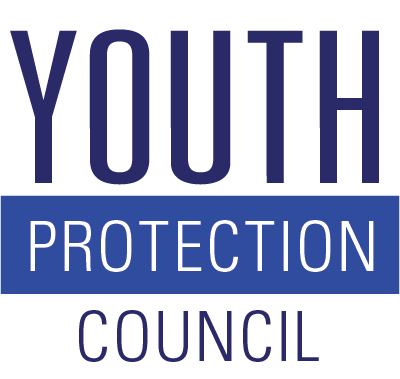Services
One organization…so many ways to impact youth in our communities!
Our three divisions make a major impact:
Innerlink
Sheltering runaway and homeless youth
Output
Nights of shelter care for runaway and homeless youth
Outcomes
%
Emergency shelter youth safely returned home with the remaining engaged in other safe housing options
Nights of emergency shelter care
Nights of transitional housing shelter care
%
Transitional housing youth secured permanent housing with the remaining locating other safe housing options
Teen Parent
Supporting and educating teen parents
Output
Teen and young parents served annually
Nights of shelter care for homeless youth and teen parent families
Outcomes
%
Children reached developmental milestones, remaining referred for additional educational supports
Nights of transitional housing shelter care
Nights of rapid re-housing shelter care
%
Homeless teen parents secured permanent housing with the remaining 29% locating other safe housing temporary options (moved in with a family/friend)
%
Were employed, attending school or participating in job search/life skill building activities
Prevention & Youth
Preventing drug use and promoting resiliency and wellness in k-12 children
Output
Youth and community members served
Hours of substance abuse education provided annually for school age youth
Outcomes
%
Children/youth increased awareness and understanding of the dangers of drug use
%
Increased their awareness of skills to delay onset of alcohol and other drug use
Return on Investing in Our Youth
Each dollar we spend working with runaway and homeless youth, teen and young parents and teaching youth about the dangers of drugs has a significant return on the investment.
Ensuring runaway and homeless youth make a successful transition to adulthood through education, job training, employment and life skills development
Vision for Children at Risk reports the benefits of this includes:
- Building a skilled workforce
- Promoting economic development
- Improving the overall quality of community life
Increasing family well-being for teen and young parents
The Child Welfare Information Gateway reports home-based parenting and early childhood education benefits include:
- Reduced health and mental health care costs
- Reduced costs of child welfare services
- Increased earnings of the child’s family members
Increasing resiliency and decreasing youth drug use
The Substance Abuse and Mental Health Services Administration reports the annual cost of substance abuse to the nation is $510.8 billion
- Alcohol abuse: $191.6 billion
- Tobacco use: $167.8 billion
- Drug abuse: $151.4 billion
Programs that prevent substance abuse can save billions
- $33.5 billion in reduced social costs of substance-abuse–related medical care and lost productivity over a lifetime
- $65 billion in preserved quality of life over a lifetime
Testimonials
JW, a 15-year-old young man, came to the Innerlink Emergency Shelter angry, defiant and planning to leave his mother’s home and move out of state to live with his father. Shelter staff worked with JW and his mother on communication, anger management and de-escalation skills. JW and his mother reconciled and he returned home.
CR, an 18-year-old young man, came to Innerlink after a traumatic event with his mother left him homeless. Shelter staff worked with CR on self-sufficiency skills. He moved into his own apartment, is attending school and is employed.
AS, an 18-year-old young man, was living in his car, trying to complete high school and working two jobs. Teen Parent Rapid Re-Housing staff worked with him to find an apartment and provided rental assistance. AS graduated from high school, continues to be employed and is working hard at becoming self-sufficient.
MP, a 17-year-old teen mother, came to the Teen Parent shelter program from the Innerlink Emergency Shelter. She worked hard to provide a better life for herself and her son. She moved into her own apartment, is working at completing high school and is employed.
The Too Good For Drugs program continues to be of great benefit to Carrollton students. It is fun to hear the kids use these strategies at recess.
Students were engaged and really enjoyed and looked forward to the lessons and open discussions in class. One student commented that she liked how it was informational instead of someone coming in and telling them “don’t do that.”
